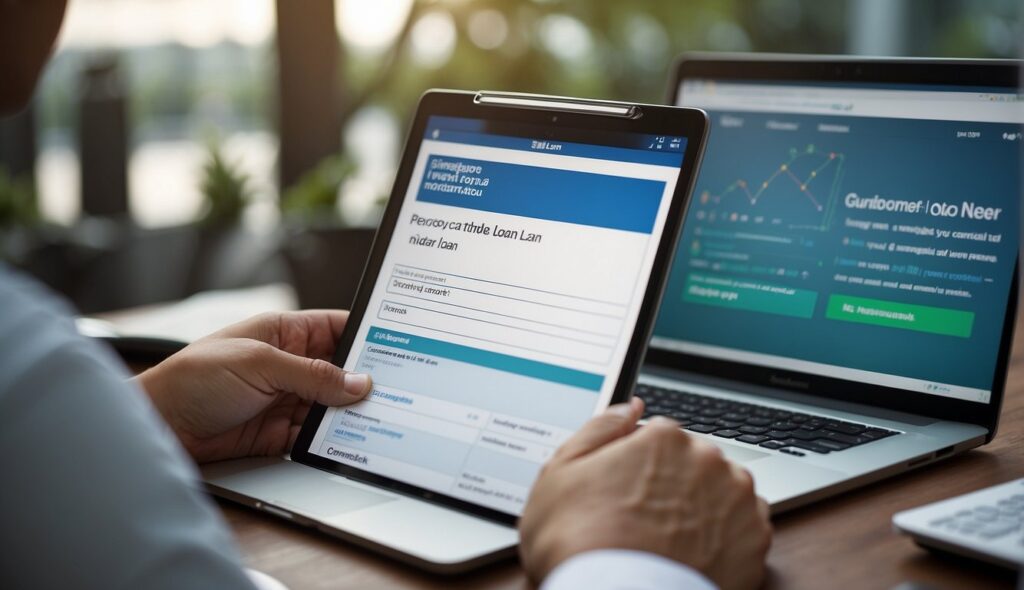Introduction
The loan application process is a crucial step for individuals and businesses seeking financial assistance. Whether you’re applying for a personal loan, a mortgage, or a business loan, understanding the process is essential to increase your chances of approval and secure favorable terms.

Types of Loans
Personal Loans
Personal loans are typically used for various purposes such as debt consolidation, home improvement, or unexpected expenses. They are unsecured loans, meaning they don’t require collateral, and the approval is based on factors like credit history, income, and debt-to-income ratio.
Mortgage Loans
Mortgage loans are specifically designed for purchasing a home or refinancing an existing mortgage. They are secured loans, where the property serves as collateral, and the approval process involves a thorough assessment of the borrower’s creditworthiness, employment history, and property valuation.
Business Loans
Business loans are tailored to meet the financial needs of businesses, including startup capital, expansion, equipment financing, or working capital. The approval criteria vary depending on the type of loan and the lender’s requirements, often involving a review of the business plan, financial statements, and credit history.
The Loan Application Process
1. Research and Preparation
Before applying for a loan, research different lenders, loan products, and eligibility criteria to find the best fit for your needs. Prepare necessary documents such as identification, income statements, tax returns, bank statements, and business plans, depending on the type of loan.
2. Choose the Right Lender
Select a reputable lender that offers competitive interest rates, favorable terms, and excellent customer service. Consider factors such as loan fees, repayment options, and responsiveness during the application process.
3. Complete the Application
Fill out the loan application accurately and completely, providing all required information and supporting documentation. Be transparent about your financial situation and disclose any relevant details that could impact the lender’s decision.
4. Underwriting and Review
Once you submit your application, the lender will review your information and assess your creditworthiness, income stability, and debt obligations. They may request additional documentation or clarification during the underwriting process to verify your eligibility and evaluate the risk.
5. Approval or Denial
After thorough review, the lender will notify you of their decision to approve or deny your loan application. If approved, you’ll receive the loan terms, including the interest rate, loan amount, repayment schedule, and any applicable fees. If denied, the lender will provide reasons for the decision and may offer suggestions for improvement or alternative options.
6. Loan Closing and Funding
If you accept the loan offer, you’ll proceed to the closing process, where you’ll sign the loan agreement and any other necessary documents. The lender will disburse the funds according to the agreed-upon terms, and you’ll be responsible for adhering to the repayment schedule and fulfilling your obligations under the loan agreement.
Conclusion
The loan application process can seem daunting, but with proper preparation and understanding, you can navigate it effectively and increase your chances of success. By researching your options, choosing the right lender, and providing accurate information, you can streamline the process and secure the funding you need to achieve your goals.
FAQs
- What documents do I need to prepare for a loan application?
- How long does the loan application process typically take?
- What factors do lenders consider when reviewing loan applications?
- Can I apply for multiple loans simultaneously?
- What should I do if my loan application is denied?

